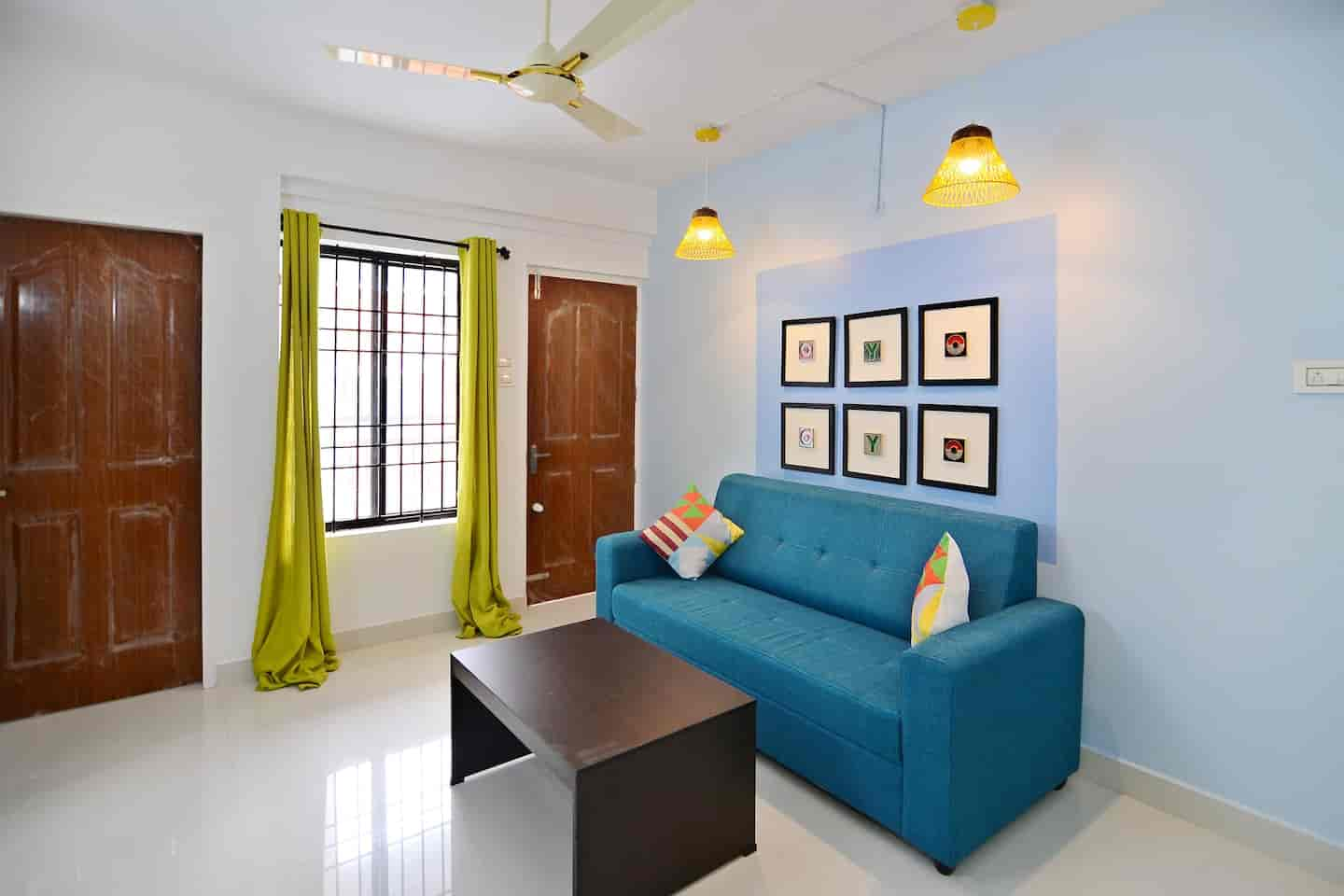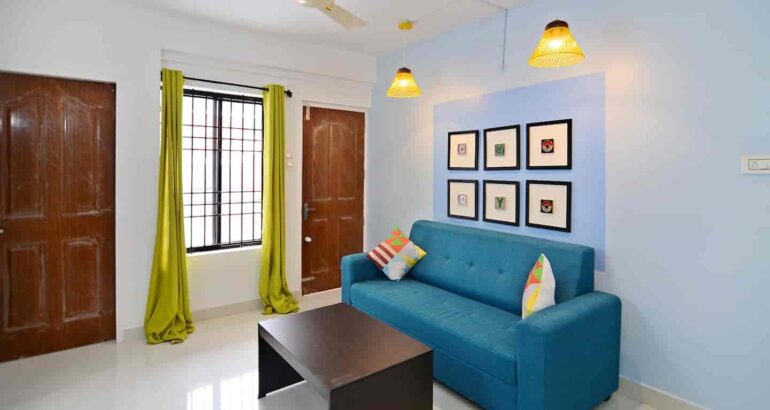
As Kerala’s commercial hub influx exceeds traditional housing, Ernakulam’s urban transformation is accelerating. Co-living communities fill this void by combining community-focused living with affordability, making them ideal for professionals who move frequently.
Why Ernakulam’s Housing Market Needs Innovation
Over 50,000 professionals visit the Infopark SEZ and CSEZ developments annually, but 68% of rental listings are delayed due to mismatched expectations. Platforms like Roomies.co.in show 2,500+ active searches specifically for shared accommodations with amenities like metro access and furnished spaces.
Urban Living Is Being Redefined by Target Demographics Adoption is driven by three distinct groups: IT Workforce: Infopark Phase II employees favour Kakkanad-adjacent properties with coworking access
Higher Education Crowd: SCMS and CUSAT students seek budget-friendly Kalamassery options
Early-Career Professionals: Look for better features, such as advanced security, internet connectivity, and canteens.
Female occupancy has surged to 45% (up from 28% in 2019), showing growing trust in managed co-living environments.
Operational Models Gaining Market Share
Leading operators use
Tech-Integrated Management: Automated maintenance via apps like FlatMate.in
Strategic Location Sourcing: Proximity to metro stations (e.g., Irumpanam) without premium pricing
Revenue Diversification: Bundled packages combining rent, food, and coworking access as seen with Flexmonk
Consistent Obstacles to Implementation Important obstacles include
Ambiguity in Regulation: Current Laws Do Not Classify Co-Living Spaces Infrastructure Strain: Common areas increase utility costs by 30%
Cultural Adaptation: Traditional families are still wary of the idea of sharing a home. Implementation Successes Stanza Living’s Ernakulam hub excels through hospital partnerships (Aster Medcity) and gender-segregated wings. Their 85% occupancy rate shows demand for premium amenities like food services.
Flexmonk’s Live-Work Pods near Infopark combine coworking spaces, addressing GoFloaters’ data showing that workspace-housing synergy is a priority for 41% of Kochi freelancers. Investment Viability Assessment
Key metrics indicate: 14-18% average annual returns in established zones
Triple-sharing models become profitable in 14 months, whereas single-room models take 22. Highest yields near transportation corridors (Seaport-Airport Road)
Future Outlook
With Kochi’s metro expansion accelerating, co-living corridors will grow along new transit lines. The anticipated 22 percent increase in land value could be a lucrative opportunity for early investors who secure properties close to Phase 2 stations. Sustainability features like solar integration will separate market leaders in this rapidly evolving sector.




